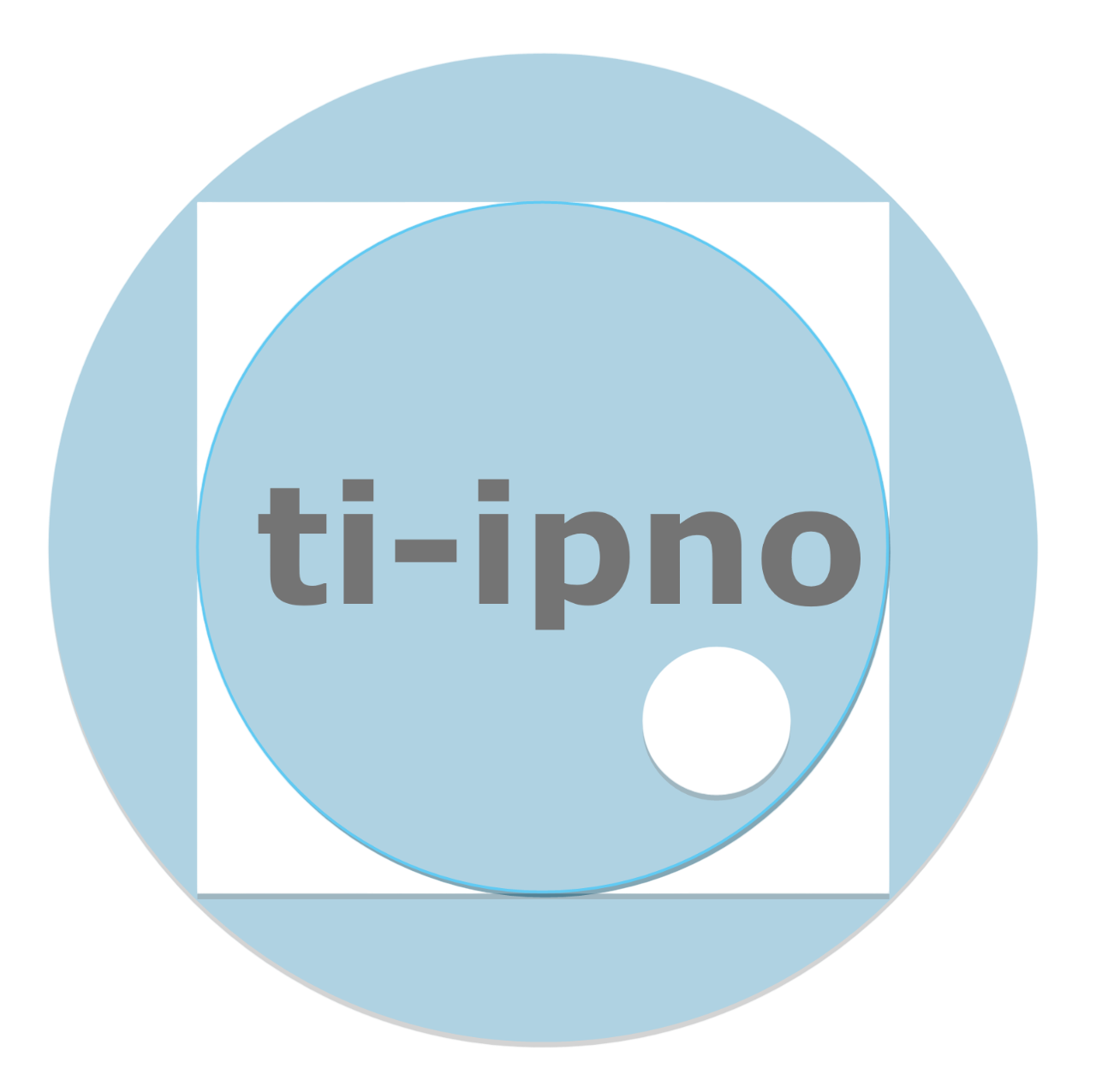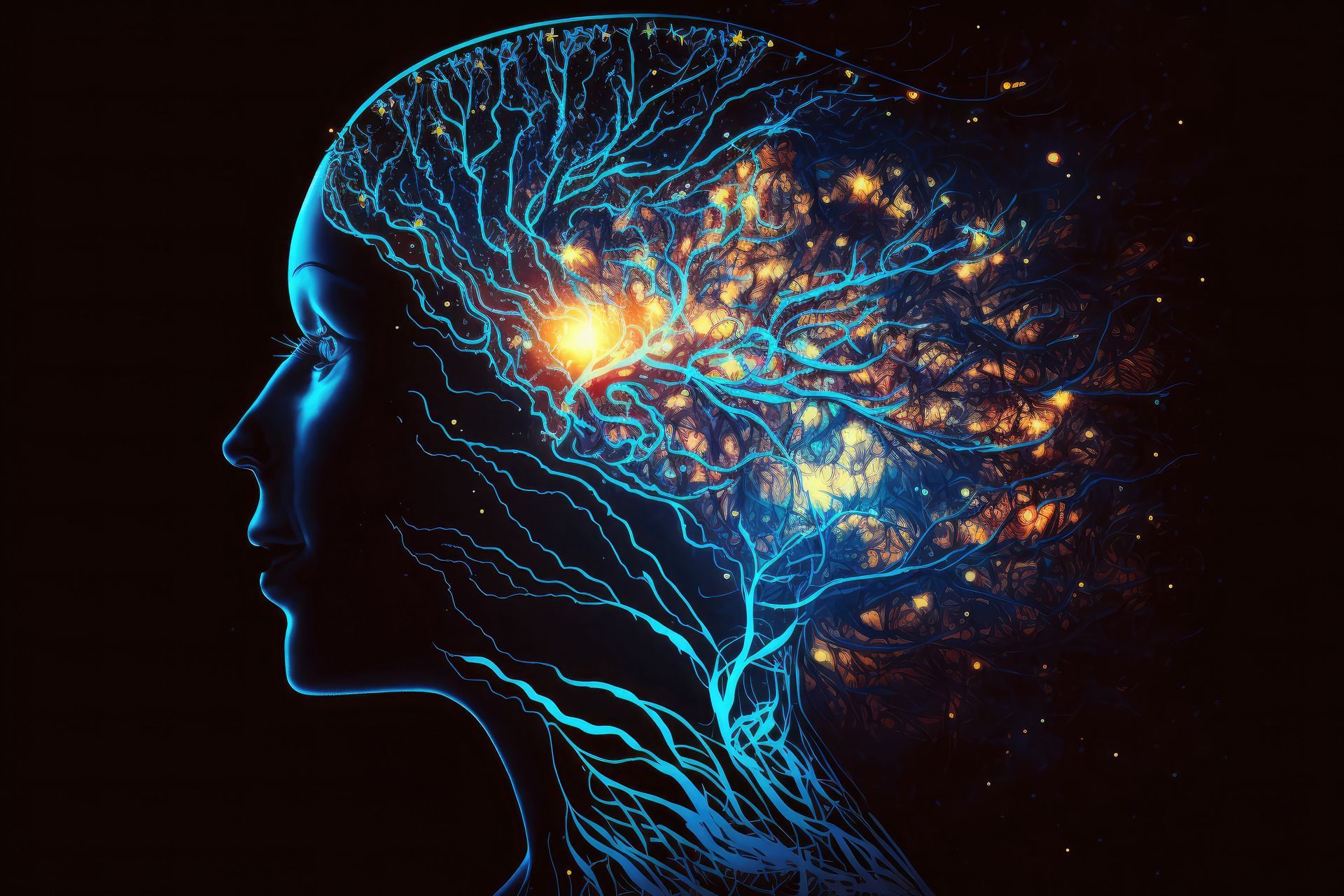Medical Hypnotherapy for CHILDREN, Adolescents and Adults
Dr. Agathe Buzzi, a paediatrician specialising in medical hypnosis, receives patients at practice locations in Locarno, Sementina and Lugano. Via her professionalism and experience, she supports children, adolescents and adults on their journey, thus allowing them to deal with a range of physical and emotional disorders.
What is medical hypnosis?
Medical hypnosis is a natural therapeutic technique that has been used for centuries to promote psychophysical well-being. By inducing a trance-like state, the therapist helps the patient enter a focused state of deep relaxation, in which the mind is more receptive to positive suggestions.
Who can benefit from medical hypnosis?
In children, medical hypnosis can be useful for treating:
- sleep disorders
- warts
- urinary and/or faecal continence disorders
- eating disorders
- concentration problems (at school or during sports activities)
- fears, phobias (animals, needles, noises) and tics
- hyperactivity
- speech disorders
- travel sickness (motion sickness)
- psychosomatic pain
- onychophagia (nail biting)
In adults, hypnosis can be a valuable aid for:
- eating and weight disorders
- sleep disorders
- helping to quit smoking
- stress (job-related and/or sports)
- anxiety and fears - fear of flying
- chronic pain and psychosomatic pain
- fibromyalgia
- skin diseases (itching, eczema)
- menopausal disorders (hot flushes)
- headaches and migraine
- warts
- pregnancy and childbirth
What is A trance?
A trance is a kind of balance between wakefulness and sleep. During a trance, the patient can enter into a pleasant and relaxed contact with their unconscious mind.
According to Milton Erickson (1901-1980), the American psychiatrist who revolutionised modern hypnosis, "a trance is that state of consciousness in which learning and readiness for change are most likely to take place."
What is a trance for?
When in a trance state, the patient diverts their attention from certain negative events, pains and fears as well as particular habits, thus rediscovering their own "repairing" resources.
How do you enter a trance?
The therapist guides the patient to focus their attention on a specific point (induction) and, once the trance state is reached, uses targeted suggestions to address and resolve the specific problem.
Do you lose your self control during a trance?
Absolutely not. Your consciousness still remains alert at all times and the person is free to enter and exit the trance state at any time.
Can anyone go into trance?
Yes, if they wish to! All a person needs is a normal ability to concentrate and the right motivation (positive expectation).
Is it true that under hypnosis you can be operated on without anaesthesia?
It depends on the type of intervention. In some cases, hypnosis can reduce the need for anaesthesia: such as in certain non-urgent interventions, in outpatient surgery, at the dentist, or during invasive procedures such as lumbar puncture or gastroscopy. Hypnosis can also offer valuable support for pain control during childbirth.
How long does the therapy last?
The duration of any therapy is agreed with the therapist and depends on the problem to be treated. The final goal is to render the patient autonomous, teaching them the principles of self-hypnosis.
Medical hypnosis is a scientifically proven therapy that requires discipline and motivation to achieve concrete results. It has nothing to do with shows, entertainment or esoteric practices.
Is hypnosis covered under health insurance?
Claims for hypnosis sessions performed as part of a medical consultation can be reimbursed via basic health insurance.
Call the therapist to book an initial hypnotherapy session










